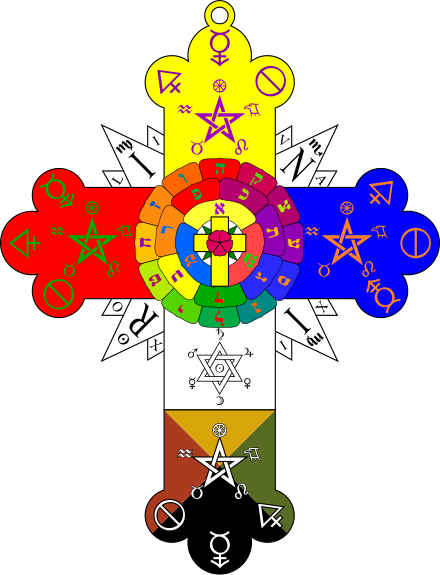The history of the Rider-Waite-Smith tarot deck had risen in the last century, but started many centuries ago. If you are familiar with reading tarot cards, you are probably familiar with the images of the Rider-Waite tarot cards deck. The Rider-Waite tarot cards deck is the most popular that is used in 2019. The images are infused with rich symbolic references loosely associated with early Christian motifs that were depicted in earlier tarot playing cards, such as the tarot deck of Versailles and the tarot of Marseille.

Important influence and contribution to the creation of the Rider-Waite-Smith tarot deck.
Pamela Cole Smith

The Rider-Waite tarot cards deck was created by the artist Pamela Cole Smith under the direction of the famous mystic, Arthur Edward Waite. Together they worked on the first tarot cards deck with detailed images on all 78 tarot cards. In 1909 Waite-Smith paid a fixed amount to illustrate his tarot cards. He chose her because of her talent and their joint membership in the Hermetic Order for the Golden Dawn, and also because he believed her clairvoyant abilities would help her perceive the higher mystical truths he tried to convey with his tarot cards. She initially did not share in the profit and the success because only the name of the publisher was put on the deck of cards.
The tarot community then corrected this injustice by referring to the card deck as Rider-Waite-Smith (RWS) or Waite-Smith tarot card deck (WS). Before the Rider-Waite tarot cards deck, the symbolism of the tarot was only depicted in the 22 Major Arcana cards, known as the trump cards. The court cards also represented images, but they were mainly associated with the four main colors and do not necessarily include symbolic images. The remaining cards, known as the small arcana, depict numbers and colors that strongly resemble modern playing cards.
Eliphas Levi

was a French occult author and ceremonial magician.
A.E. Waite was influenced by the French occultist Eliphas Levi. Levi is especially noted for his influence on the spiritualist movement (1840 – 1920). Levi was an author and considered a practitioner of magic, he also wrote several books about occultism, symbolism, and magic. Just like A.E. Waite developed his own symbolic interpretations of tarot cards. His version, however, is primarily associated with the hermetic order of the golden dawn. The hermetic order of the golden dawn was a movement based in Great Britain that practiced magic rituals related to spiritualism.
In 1854 Levi published his first book: Learn from the Higher Magic. The following year he completed a second part entitled: Teaching and ritual of the higher magic. They were later merged as two volumes into one book and Waite translated the two volumes into English in 1896 and his translation was published by Rider (the publisher who published the Waite-Smith tarot) under the title: Transcendental magic. In transcendental magic, there are 22 chapters in each volume, corresponding to the 22 Major Arcana of the tarot with 5 elements (ether, fire, air, water, earth).
Chapters 1 to 20 correspond to the large arcana bearing the same numbers as in the order of the Marseille tarot. In chapter 21, Levi placed the 0 (The Fool), in the penultimate position and 22 (the world) as the last. Although the Rider-Waite tarot cards deck is influenced by the earlier work of Eliphas Levi, Waite continued to develop his own interpretation of tarot cards. The Rider-Waite tarot cards deck became mainstream in the early 1900s. Although the spiritualist movement has contributed to the popularity, A.E. Waite wrote a book with the title: “A pictorial key to the tarot,” which explained his interpretations of the tarot card. Waite’s book also contained the history, origins, and symbolism reflected in the tarot. This made the art of reading tarot accessible to everyone.
Tarot playing cards based on Rider-Waite-Smith deck
In 2019 there are several tarot playing cards that are based on the deck of A.E. Waite. The most striking are the Universal Waite Tarot deck, Coleman-Smith deck and the Aquarian tarot cards deck. Most publications and reference manuals also make the symbolism and visual language of the same A.E. Waite out. For the novice tarot reader, the A.E. Waite cards deck the easiest and most accessible to learn from.
